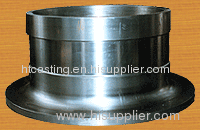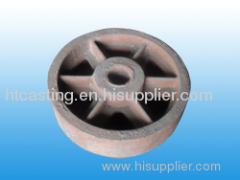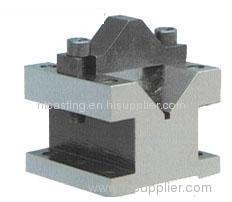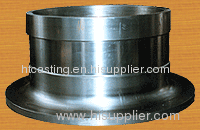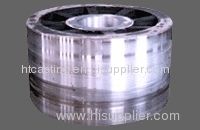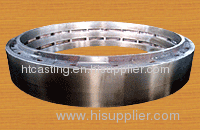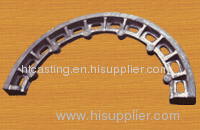|
Haian Haitai Casting Co.,Ltd.
|
cement casting
| Price: | 1500.0~2500.0 USD |
| Payment Terms: | T/T |
| Place of Origin: | Jiangsu, China (Mainland) |
|
|
|
| Add to My Favorites | |
| HiSupplier Escrow |
Product Detail
Sand casting, also known as sand molded casting, is a metal casting process characterized by using sand as the mold material.It is relatively cheap an
Our product range possesses the following features
Durable
Highly ductile and flexible
Excellent tensile strength
Accurate level of tolerance
Resistance to corrosion
Resistance to extreme temperature conditions
Good dimensional accuracy
Superb surface finishing
Easy to use and install
Sand casting, also known as sand molded casting, is a metal casting process characterized by using sand as the mold material.It is relatively cheap and sufficiently refractory even for steel foundry use. A suitable bonding agent (usually clay) is mixed or occurs with the sand. The mixture is moistened with water to develop strength and plasticity of the clay and to make the aggregate suitable for molding. The term "sand casting" can also refer to a casting produced via the sand casting process. Sand castings are produced in specialized factories called foundries.Over 70% of all metal castings are produced via a sand casting process.
From the design, provided by an engineer or designer, a skilled pattern maker builds a pattern of the object to be produced, using wood, metal, or a plastic such as expanded polystyrene. Sand can be ground, swept or strickled into shape. The metal to be cast will contract during solidification, and this may be non-uniform due to uneven cooling. Therefore, the pattern must be slightly larger than the finished product, a difference known as contraction allowance. Pattern-makers are able to produce suitable patterns using 'Contraction rules' (these are sometimes called "shrink allowance rulers" where the ruled markings are deliberately made to a larger spacing according to the percentage of extra length needed). Different scaled rules are used for different metals because each metal and alloy contracts by an amount distinct from all others. Patterns also have core prints that create registers within the molds into which are placed sand 'cores. Such cores, sometimes reinforced by wires, are used to create under cut profiles and cavities which cannot be molded with the cope and drag, such as the interior passages of valves or cooling passages in engine blocks.
Didn't find what you're looking for?
Post Buying Lead or contact
HiSupplier Customer Service Center
for help!

